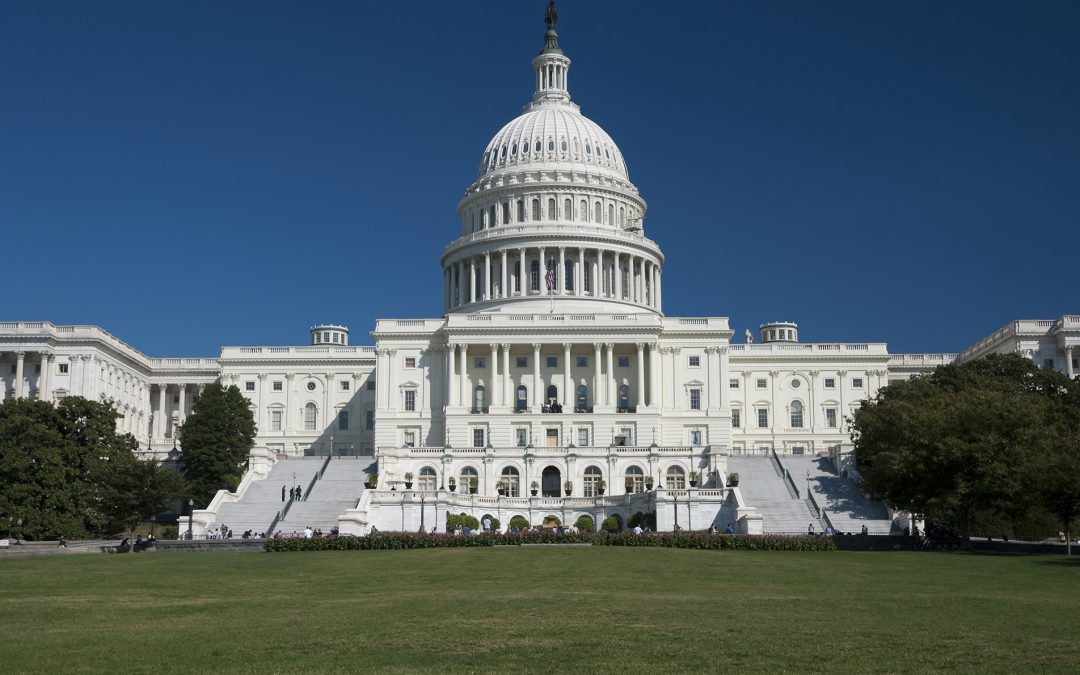WASHINGTON – The battle for control of the House of Representatives in November’s elections will be fought in 54 key battleground districts with a possible blue wave of Democrats heading to Washington, sent by voters angry with the behavior of President Donald Trump.
Thirty-seven Republican and 17 Democratic members of Congress will not seek re-election for various reasons, a Pew Research tally shows, from health problems or sexual harassment allegations to their unwillingness to work with a president they view as divisive or what they consider a dysfunctional Congress — and at least one possible bid for the presidency in 2020 – hinted at by Illinois Rep. Luis Gutierrez.
Explore the interactive map below to learn more about key 2018 midterm House races:
Here are a few of the more interesting races to watch:
Speaker of the House Paul Ryan, who represents south-central Wisconsin, announced he will not seek re-election in April. Democrats are hopeful they’ll be able to pick up his seat in the midterms with help from a constituency that is galvanized by their frustration with the current administration, even though Trump won the district by 10.6 points in 2016.
Virginia Republican Rep. Barbara Comstock will face steep competition from one of the six Democrats vying for their party’s nomination to represent the state’s 10th Congressional District, a suburban Washington district that has been moving left. The Democratic contenders include two former employees of the State Department under President Barack Obama, a doctor, a veteran, a former federal prosecutor and a state representative.
According to Elliott Morris, a data journalist with The Economist Magazine, Comstock has just a 36 percent chance of winning reelection, far less than the 52 percent of the vote she captured in 2016 when Clinton carried Virginia overall by more than five percentage points.
“Comstock has been good enough to hold onto her seat” in a Democratic district in previous elections, said Morris. “This year we’re facing a cycle where Democrats are, as of today, projected to win nationally by about 9 percentage points so we think that Comstock would lose her seat.”
In Arizona, Republican Rep. Martha McSally will leave the House to pursue a seat in the Senate and her Second Congressional District has begun to to tilt in favor of Democrats. Trump won the state with less than half of the vote in 2016, only slightly more than Hillary Clinton as independents drew the rest of the voters. Another indication that the GOP hold on the tate is weakening is that Rep. Debbie Lesko, a Republican, won the Eighth Congressional District by only 5 percentage points – a margin much smaller than what conservatives usually pull in that area, according to FiveThirtyEight.
Neither New Jersey Republican Reps. Frank LoBiondo or Rodney Frelinghuysen will seek re-election, and Democrats might be able to push their districts to the left. Clinton won New Jersey with 55 percent of the vote to Trump’s 41 percent, and Democrat Phil Murphy claimed the state governorship with 55 percent of the vote last year.
In order for the House to flip from red to blue, Democrats will need to maintain control over the seats they have now, as well as gain 24 seats currently held by Republicans. Democrats are focusing their efforts on 25 seats that are held by Republicans in districts that Clinton won in 2016, according to The New York Times.
The probability that Democrats will take back control of the House was about 55 percent at the end of April, according to Morris. But, he cautioned, the election is a toss up on a national level and that his model is built on what has happened in special and district elections in the two years leading up to the midterms.
“If our polling is wrong, if the special elections are wrong – and there’s a chance that will happen, this is a probabilistic prediction – than the predictions at the district level have to be wrong,” he said.
As of last week, Trump’s national approval rating had decreased to 40 percent from 42 percent, according to Gallup.

